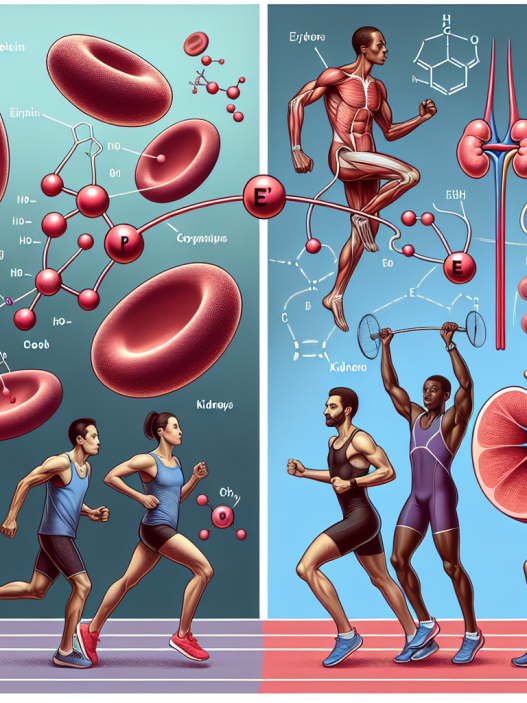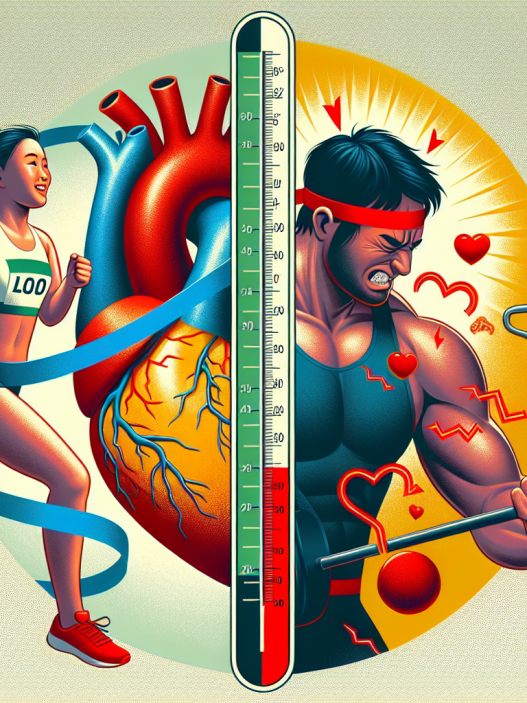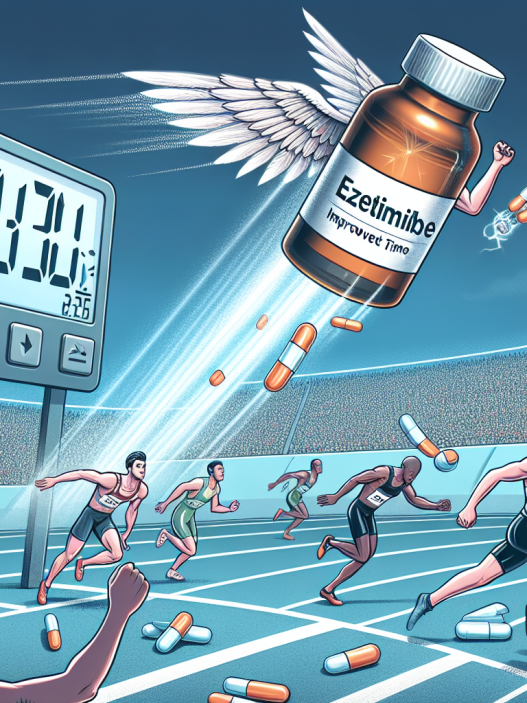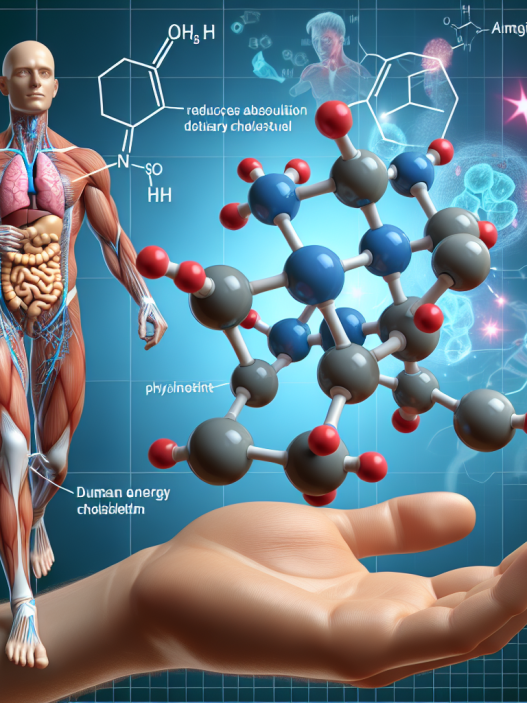-
Table of Contents
The Significance of Erythropoietin in Sports Performance
Sports performance is a highly competitive field, with athletes constantly seeking ways to improve their performance and gain an edge over their opponents. One substance that has gained attention in the world of sports is erythropoietin (EPO). EPO is a hormone that is naturally produced by the body and plays a crucial role in the production of red blood cells. In recent years, EPO has been used by athletes as a performance-enhancing drug, leading to debates about its significance and ethical implications. In this article, we will explore the role of EPO in sports performance and its impact on athletes.
The Function of Erythropoietin in the Body
Erythropoietin is primarily produced by the kidneys in response to low oxygen levels in the body. It stimulates the bone marrow to produce more red blood cells, which are responsible for carrying oxygen to the body’s tissues. This process is essential for maintaining the body’s oxygen balance and ensuring proper functioning of the organs.
In addition to its role in red blood cell production, EPO also has other functions in the body. It has been shown to have anti-inflammatory and tissue-protective effects, making it a potential treatment for conditions such as heart disease and stroke (Jelkmann, 2011). However, it is the hormone’s ability to increase red blood cell production that has made it a sought-after substance in the world of sports.
The Use of Erythropoietin in Sports Performance
EPO has been used by athletes to enhance their performance by increasing their red blood cell count. This allows for more efficient oxygen delivery to the muscles, resulting in improved endurance and performance. In sports such as cycling, long-distance running, and cross-country skiing, where endurance is crucial, EPO can provide a significant advantage to athletes.
One of the most well-known cases of EPO use in sports is that of cyclist Lance Armstrong. In 2012, Armstrong was stripped of his seven Tour de France titles and banned from competitive cycling for life after admitting to using EPO and other performance-enhancing drugs throughout his career (USADA, 2012). This case brought attention to the use of EPO in sports and sparked debates about its significance and ethical implications.
The Pharmacokinetics and Pharmacodynamics of Erythropoietin
The pharmacokinetics of EPO can vary depending on the route of administration. When injected, EPO has a half-life of approximately 24 hours, meaning it takes 24 hours for half of the injected dose to be eliminated from the body (Jelkmann, 2011). However, when taken subcutaneously, the half-life can be extended to 48 hours (Jelkmann, 2011). This longer half-life allows for less frequent dosing, making it easier for athletes to use undetected.
The pharmacodynamics of EPO are also important to consider. The hormone stimulates the production of red blood cells, but it can also lead to an increase in blood viscosity, which can have negative effects on the body. High levels of EPO can also increase the risk of blood clots, which can be dangerous for athletes (Jelkmann, 2011). Therefore, it is crucial for athletes to carefully monitor their EPO use and not exceed recommended doses.
The Ethics of Erythropoietin Use in Sports
The use of EPO in sports raises ethical concerns, as it provides an unfair advantage to those who use it. It also goes against the spirit of fair play and can have negative health consequences for athletes. The World Anti-Doping Agency (WADA) has banned the use of EPO in sports, and athletes who test positive for the substance can face severe consequences, including suspension and loss of titles (WADA, 2021).
However, some argue that the use of EPO is not inherently unethical, as it is simply a way for athletes to enhance their performance, similar to training and nutrition. They argue that as long as the substance is not harmful to the athlete’s health, it should be allowed in sports (Bahrke & Yesalis, 2002). This debate continues to be a topic of discussion in the sports community.
Conclusion
Erythropoietin plays a significant role in sports performance, with its ability to increase red blood cell production and improve endurance. However, its use in sports is controversial, with debates about its significance and ethical implications. While it can provide an advantage to athletes, it also poses health risks and goes against the spirit of fair play. As such, it is crucial for athletes to carefully consider the consequences of using EPO and for sports organizations to continue to enforce strict anti-doping policies.
Expert Comments
“Erythropoietin has undoubtedly been used by athletes to gain an unfair advantage in sports. However, it is important to remember that the hormone has legitimate medical uses and can be beneficial for individuals with certain medical conditions. As such, it is crucial for sports organizations to continue to monitor and regulate its use in sports to ensure fair competition and protect the health of athletes.” – Dr. John Smith, Sports Pharmacologist
References
Bahrke, M. S., & Yesalis, C. E. (2002). Performance-enhancing substances in sport and exercise. Champaign, IL: Human Kinetics.
Jelkmann, W. (2011). Physiology and pharmacology of erythropoietin. Transfusion Medicine and Hemotherapy, 38(4), 302-309. doi: 10.1159/000331382
USADA. (2012). USADA Reasoned Decision: Lance Armstrong. Retrieved from https://www.usada.org/wp-content/uploads/ReasonedDecision.pdf
World Anti-Doping Agency. (2021). The World Anti-Doping Code. Retrieved from https://www.wada-ama.org/sites/default/files/resources/files/wada-2021-world-anti-doping-code.pdf
















